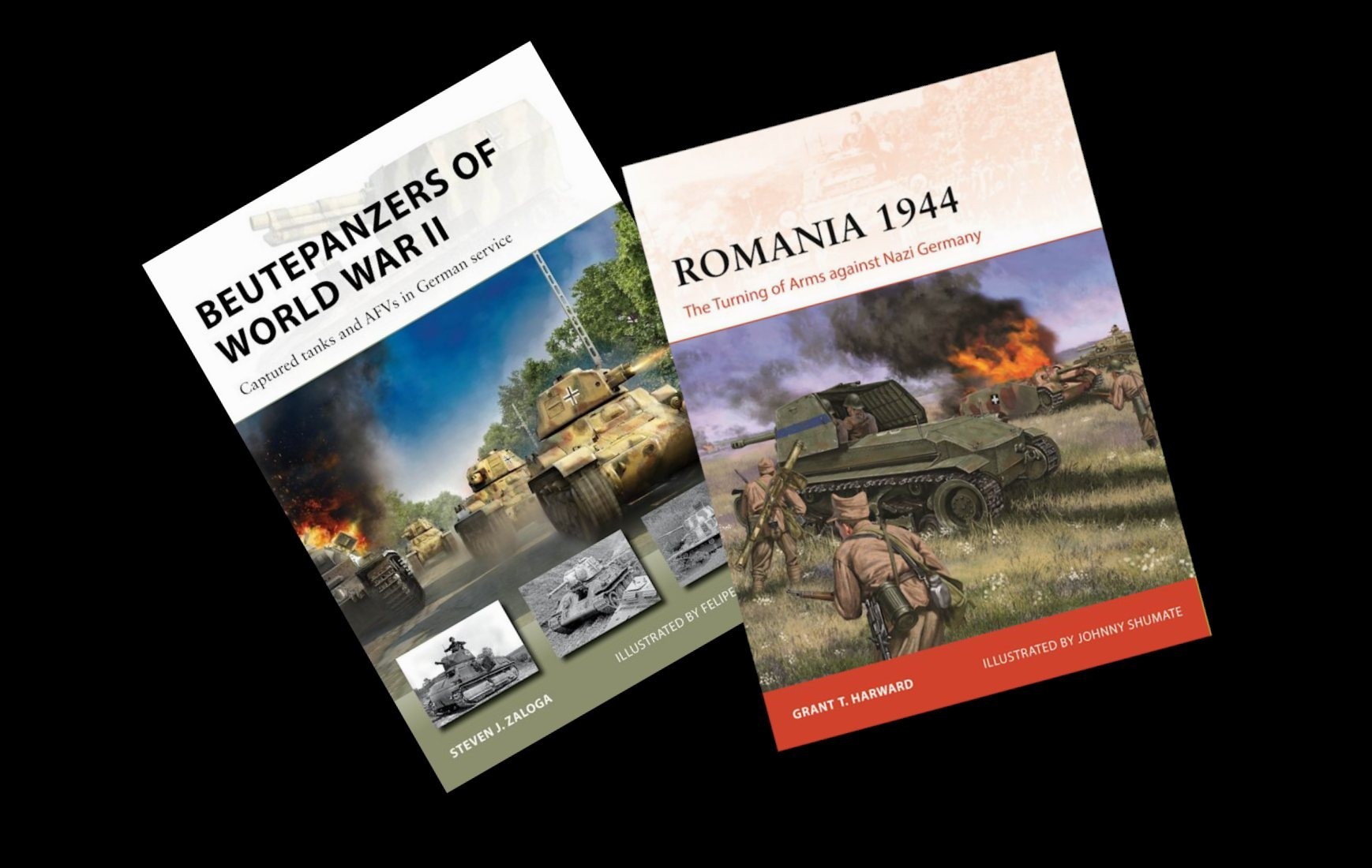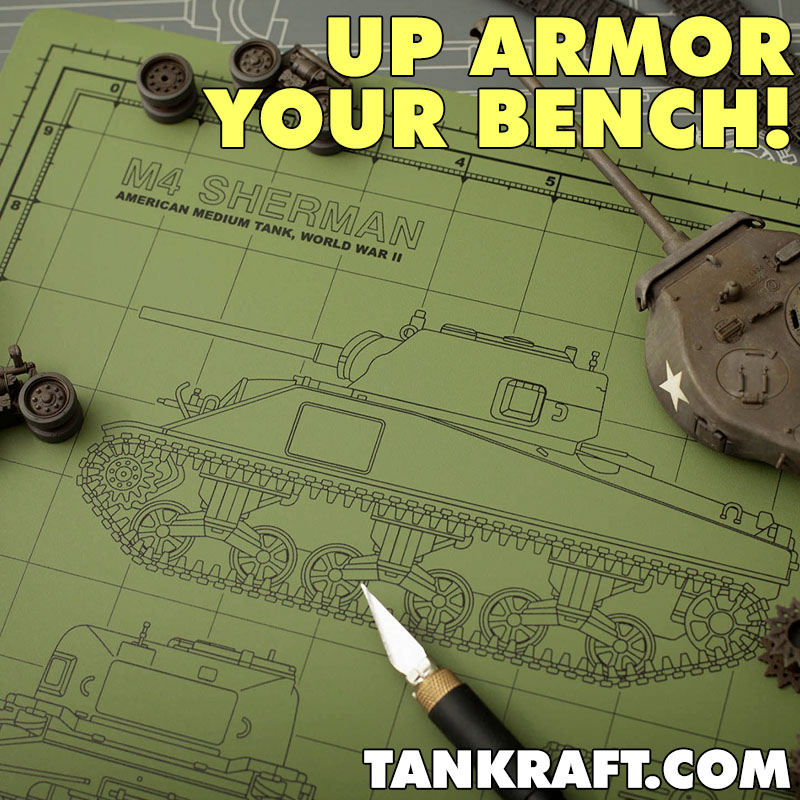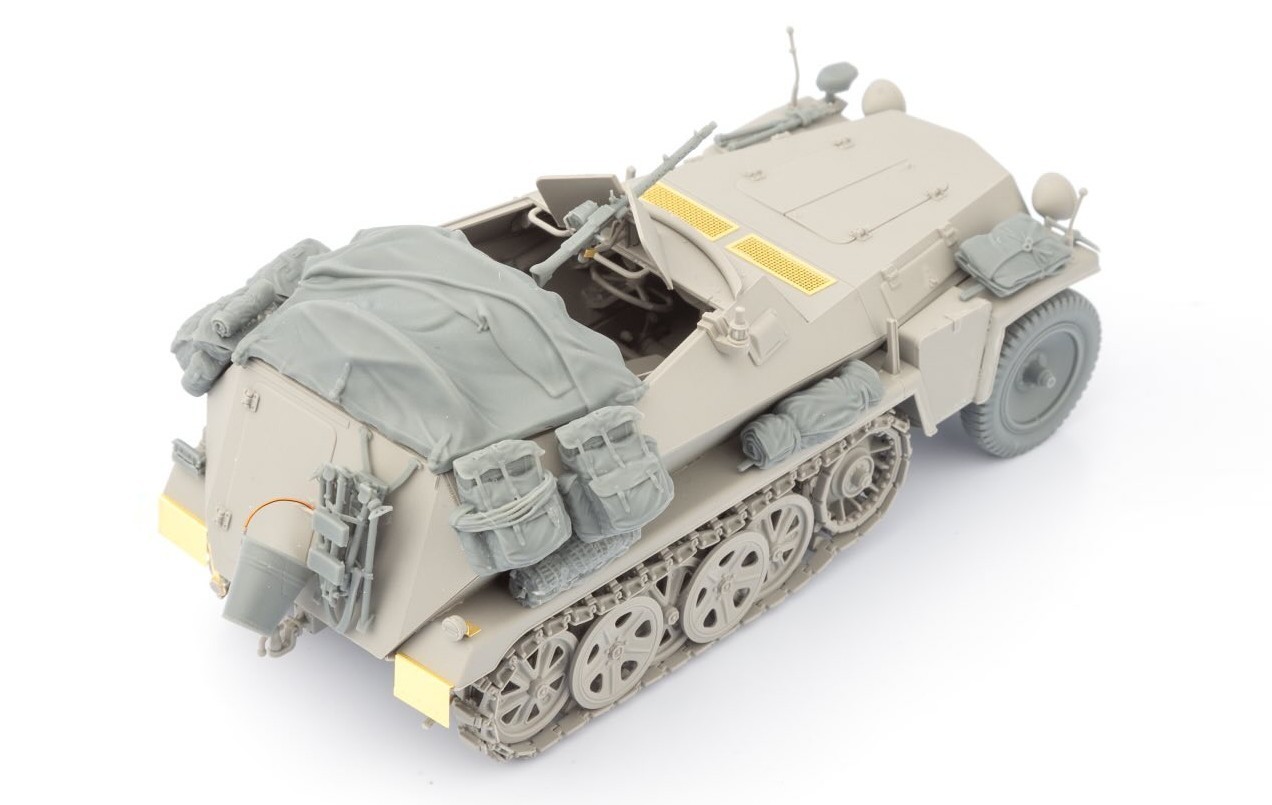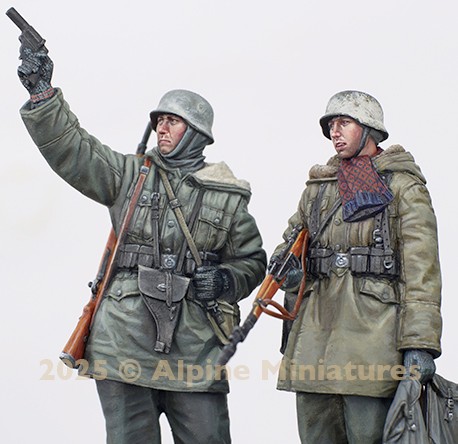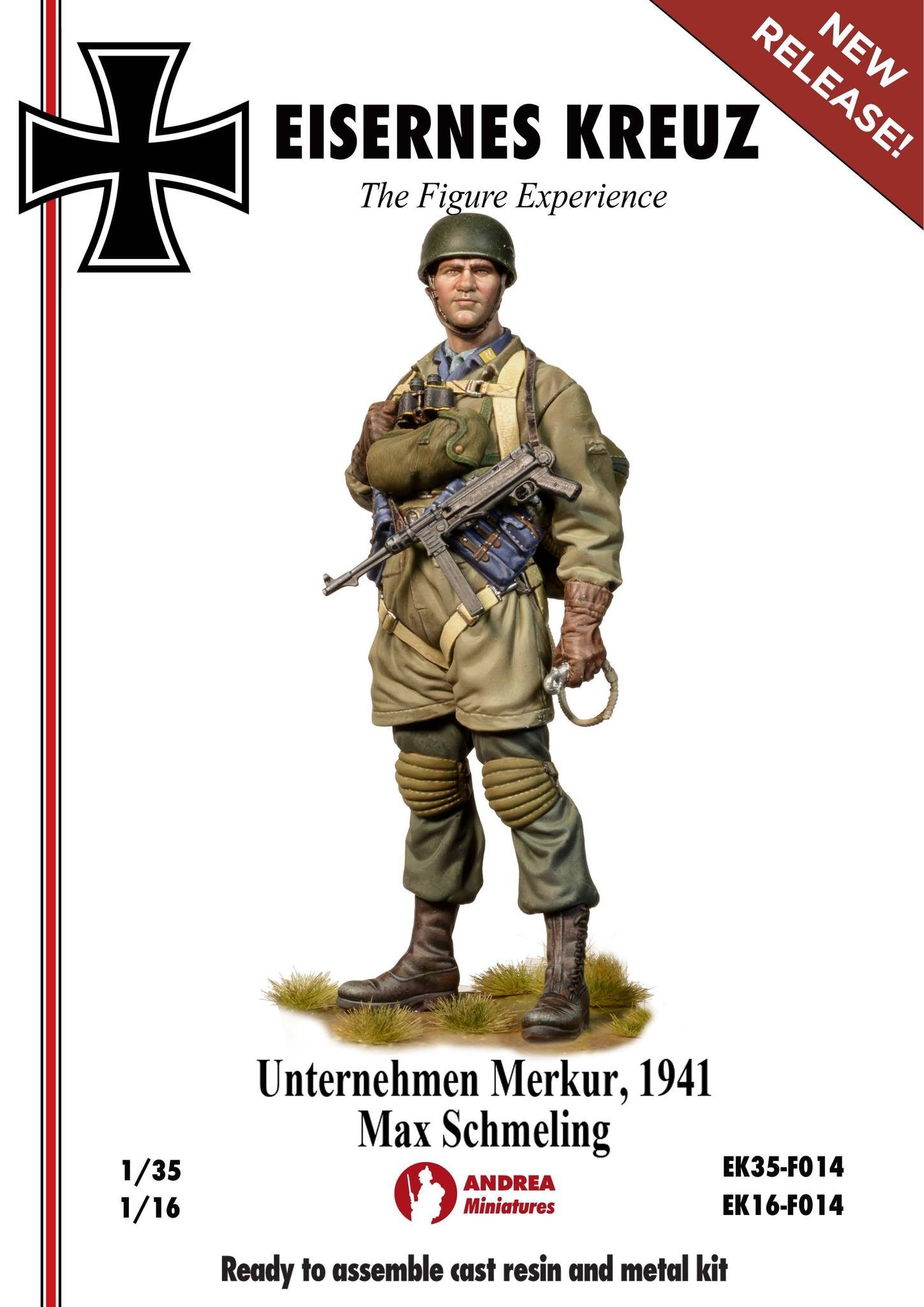
Illustrated with original artwork and archive photos, this is the history of Germany's extensive use of captured tanks in World War II.
In this book Steven J. Zaloga, one of the world's leading armor authorities, uncovers the history of one of the least-known aspects of Germany's World War II Panzers: the extensive use of captured armored vehicles, “Beutepanzer.” The best came from the fall of France, and the Somua S 35 and Panhard 178 proved popular in German service. Others, such as the antique Renault FT, were used for secondary tasks such as anti-partisan missions and airfield protection. Most curious of all were the “Becker conversions,” a private venture of a German artillery officer with family industry, who mechanized his unit's towed artillery and went on to oversee the modernization and upgunning of many French Beutepanzers. These would play a particularly important role in Normandy in 1944.
Although the Wehrmacht captured large numbers of Soviet tanks, these saw very limited service, and most were sent to the smelters. When Italy switched sides in September 1943, the Italian AFV industry continued producing tanks and AFVs for the Wehrmacht, while tanks and AFVs captured from other Allied armies including Britain and the US were generally used on a small, improvised scale.
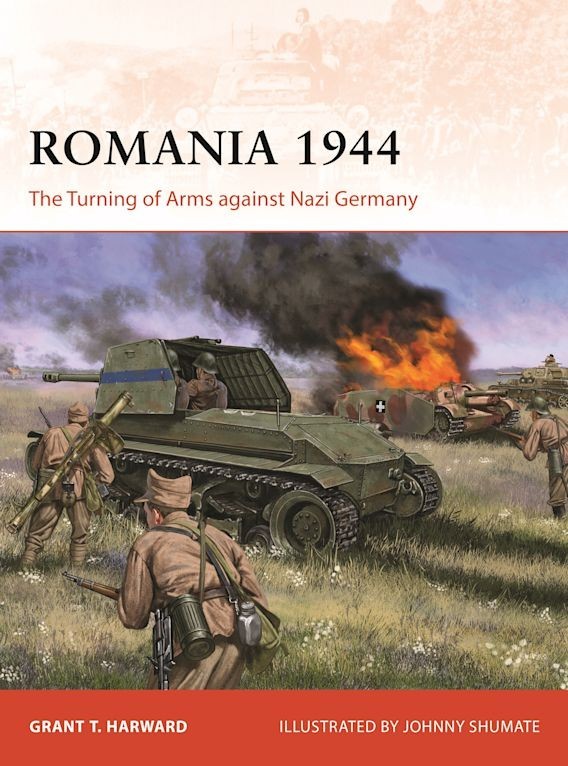
The complex and fascinating story of Romania's 'turning of arms' against Nazi Germany, and the battle for Romania - an important but overlooked and misunderstood episode of World War II.
The battle for Romania from March to September 1944 is a multifaceted story involving German, Romanian, Soviet, American, and British forces. Romania's defection from the Axis denied Nazi Germany not just resources (especially oil) but also turned the Romanian Army, formerly its most important support on the Eastern Front, from friend to foe. The fighting witnessed the German Sixth Army being destroyed for a second time (after Stalingrad).
This in-depth work explores the strategic struggle within German-Romanian relations and the tactical development of the Battle of Romania. The detailed 2D maps and 3D diagrams guide you step-by-step through the Axis defence of Romania in March-May during the first Iasi-Chisinau offensive, the Allied campaign in April-August to assist the Soviets, the Axis collapse in August during the second Iasi-Chisinau offensive, the Romanian defeat of the attempted German counter-coup, and the final Soviet occupation of Romania. Period photographs from the Romanian archives and private collections, many never before seen, and stunning battlescene artworks bring to life the soldiers and materiel of the wide range of forces involved in this rarely explored Eastern Front campaign.











